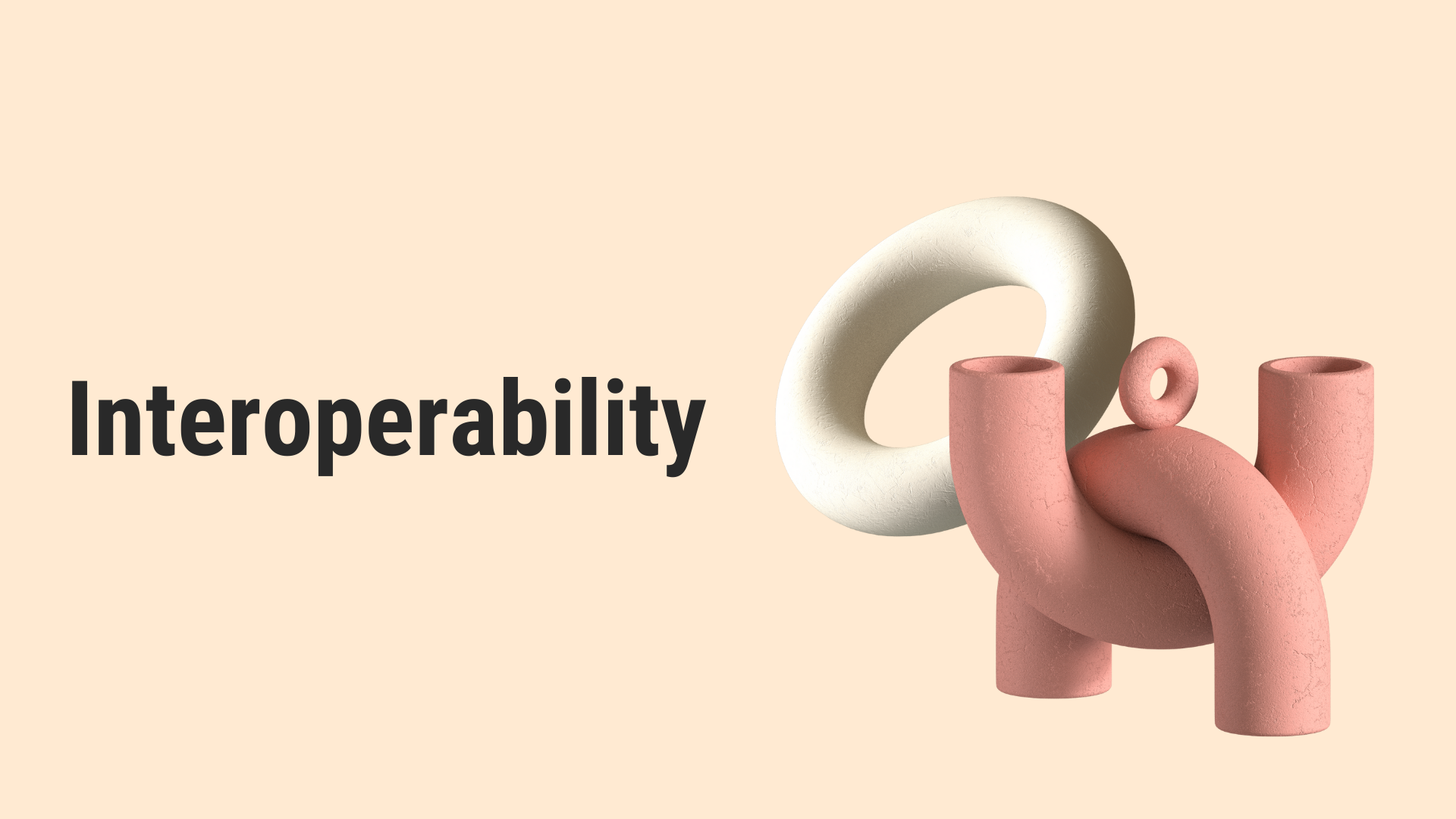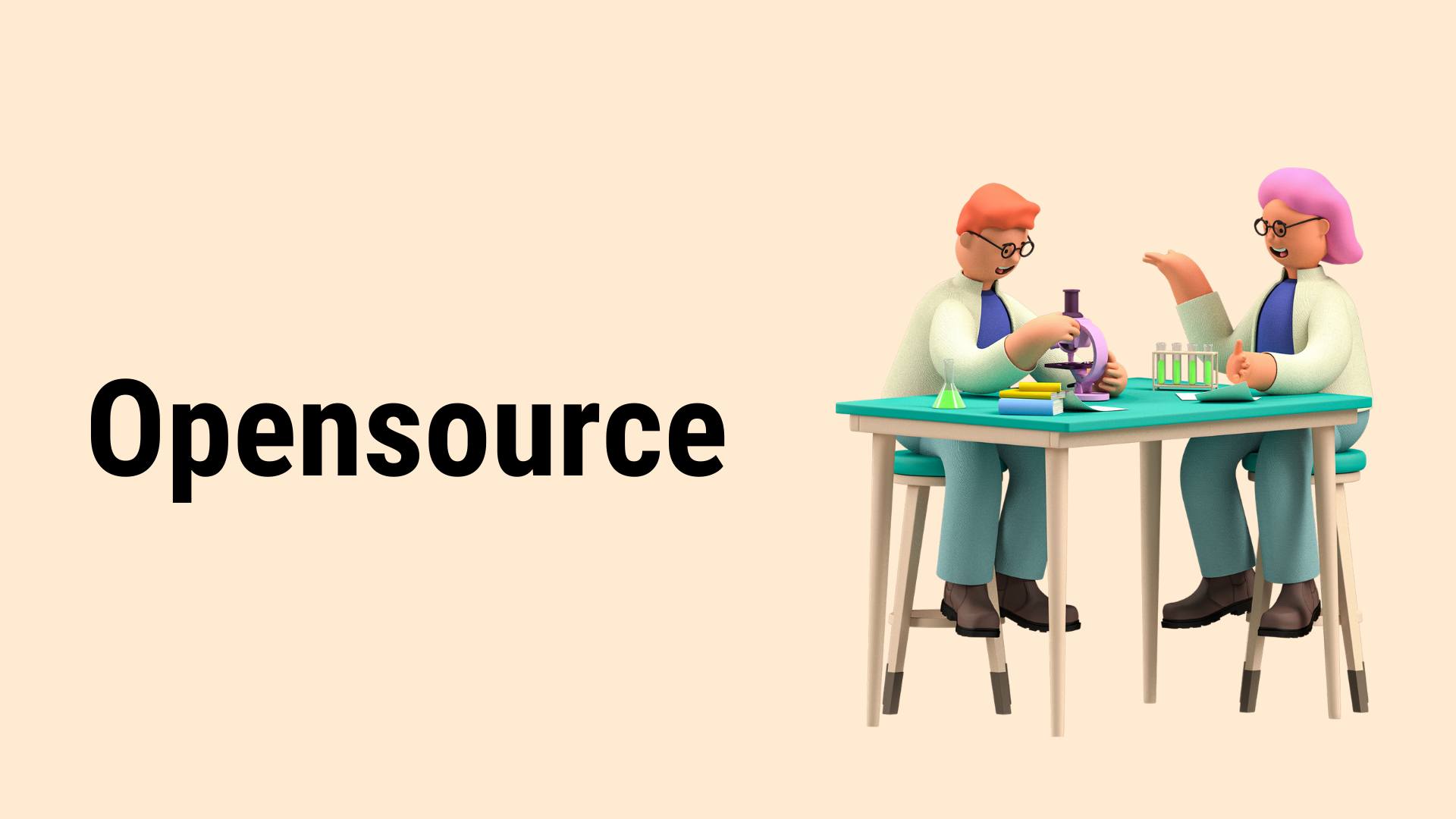Here's How to Build a Decentralized Internet

Existential crisis, internal strife, self-destruction, whatever you choose to call it, the upshot is that the decentralized web (Web 3.0) is poised to take on mature responsibilities in its infancy.
Web 3.0 and public distributed ledger technologies wrestle against multiple trillion-dollar companies and unicorns with barely two trillion dollars in market capitalization; Do we call the cops? Is the chase for decentralization in circles like a maze with no outlets?
Hold up! Wait for a second! What did we expect? the internet (web 2.0) was once a bubble, had its crisis, and had to set up protocols for interoperability and synchronization.
Maybe the best way to build is to experiment, trial and error, rinse and repeat. In the case of the decentralized web, there is a lot to fix, standards to set up, and chaos to settle.
In this publication, I overview the web3.0 chaos and significant transformations that could lead to building a truly decentralized internet.
Note: Blockchains are used throughout this publication to refer to distributed ledger technologies generally.
Interoperability: The Architectural Chaos

The future will be multi-chain, but it will not be cross-chain: there are fundamental limits to the security of bridges that hop across multiple "zones of sovereignty" - Vitalik Buterin.
Blockchain interoperability is the ability of different blockchains to interact and share value and information.
Imagine transferring Ethereum from the Ethereum network to a Cardano user, who would receive either Cardano or Ethereum on the Cardano blockchain; interoperability is in action. It’s not just about currencies but also about data and information.
Numerous blockchains are built for different reasons to suit various individuals and requirements; as more users get on board, blockchains move closer to their maximum throughput and get congested.
Multi-technology interoperability between web3.0 and web2.0 technologies must be established for blockchain technology to be deployed at scale.
Interoperability is just as important now as it was in the early days of the internet before webpages used HTTP to connect between web browsers and servers, SMTP to send emails, and POSIX, the standard that enhances application portability.
A connected ecosystem would unlock value across technologies and enable individuals and communities to trust and use blockchains extensively with less complexity.
There’s so much value to be unlocked if blockchains become interoperable such as:
- Increased network value.
- Increased agnosticism and decentralization.
- Better user experience and flexibility.
Numerous blockchain projects embrace interoperability, such as the Octopus network, Cosmos, Polkadot, Aion, and many others; also, there’s the Blockchain Interoperability Alliance, an organization set up to foster blockchain interoperability.
Open-source: The Structural Chaos

Open-source software is distributed under a license permitting concerned entities to use, modify, and distribute the program and its source code.
Open-source technology such as Programming languages(PHP, Go, Javascript), libraries (ReactJS, Tensorflow, GPT3), operating systems (Android, Linux, BSD), and a slew of other technologies and projects power most of the world’s technology infrastructure.
If Blockchain and Web3.0 are going to be adopted, full transparency is essential right from the project's development to launch to the project's demise. This contributes to many factors, including decent decentralization, robust growth, and contributor economies.
Decentralization without open source is a one plus one that equals 0.1, easily insignificant. Opensource patents and laws can protect intellectual property as the contributors desire.
A completely open-sourced innovative project is more likely to be sustainable and receive contributions and community support over time which also steers it in the community-defined direction.
Open source projects should also be governed in a decentralized fashion employing structures like DAOs to ensure the project is steered in the direction of the community’s desires.
Economics & Incentives: The Financial Chaos

One of the most delicate composites of the decentralized web is the token economy's creators and owners. This has sprung up questions concerning the spread of participant values, as seen in cases of overpriced digital art, increased scams, and the bizarre APYs promised by protocols that eventually crash and return “This site can’t be reached” afterwards.
The world’s economy operates on ponzinomics; we have come to terms with that; however, we could build better this time by relying on mathematics, building sustainably, and designing better token economics systems that are reversible and renewable for more extended periods.
While Web3.0 aims to fully decentralize the internet such that no party gets to control the internet like web2.0 is greatly influenced by the fortune 500 companies, an outlook on the situation see venture capitals as majority stakeholders in many protocols.
Why is this important for adoption? since blockchains and web3.0 are deemed low-budget alternatives, they have to offer better UX than existing technologies and economies; the impact matters!
Also, the token economy would be more potent if regulated, especially by the government with the values of the crypto economy; but that’s an issue we are not prepared to debate.
The After Rant

The current state of the decentralized web isn't appealing. It seems like a temporary hype or the latest scam. However, the same was acclaimed in the early days of the internet; in essence, maybe web3.0 needs time.
As Web3.0 gets all the time it needs to thrive or get canceled, we must criticize intending to build to perfection or at least a decentralized web with a better user experience.
Nonetheless, Web3 technologies need to be open-source, interoperable, and economically sustainable to thrive.